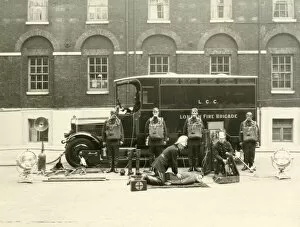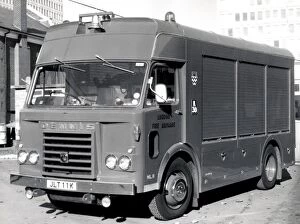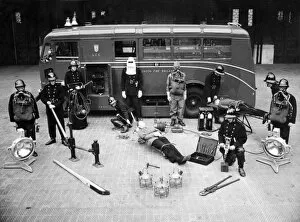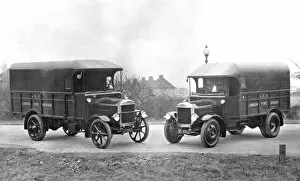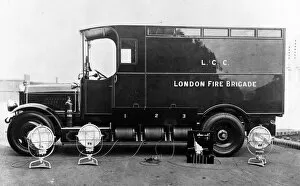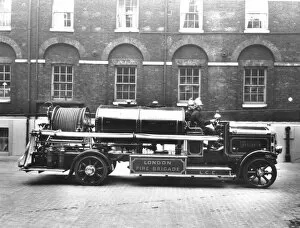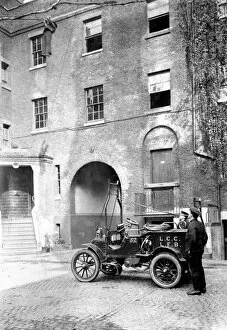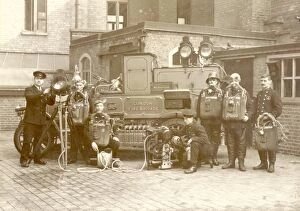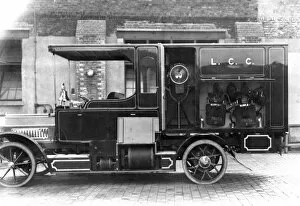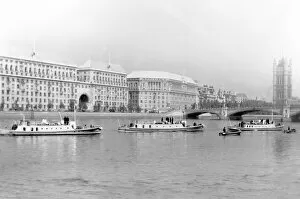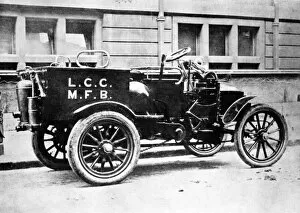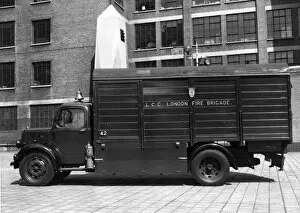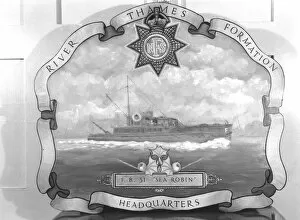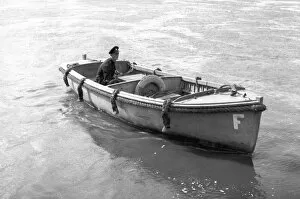Tenders Collection (#2)
"Tenders: The Unsung Heroes of Emergency Response" From the bustling streets of London to the serene quayside in Looe, Cornwall
For sale as Licensed Images
Choose your image, Select your licence and Download the media
"Tenders: The Unsung Heroes of Emergency Response" From the bustling streets of London to the serene quayside in Looe, Cornwall, tenders stand as silent guardians ready to tackle any crisis. These versatile vehicles play a vital role in fire and rescue operations across Europe. In the heart of London, the LFCDA-LFB Fire Rescue they can a force to be reckoned with. Equipped with state-of-the-art technology and manned by highly skilled firefighters, these heavy-duty machines are prepared for any emergency that comes their way. Joining them in the GLC-LFB appliance fleet is an Emergency Tender, always on standby to provide immediate assistance when time is of the essence. With lightning-fast response times and a myriad of life-saving equipment onboard, this tender ensures that no one is left behind during critical moments. Another member of the GLC-LFB fleet is a foam tender - an indispensable asset when dealing with hazardous materials or large-scale fires. Its ability to smother flames swiftly makes it an invaluable tool in protecting lives and property from devastation. But tenders aren't limited solely to firefighting duties; they also serve various purposes beyond emergencies. Take for instance the LCC-LFB general purpose lorry stationed at North Kensington fire station. This multi-functional vehicle aids in transporting essential supplies and equipment while supporting day-to-day operations seamlessly. Away from urban landscapes lies picturesque Looe where tenders moor along its quayside like steadfast sentinels. Nestled against stunning coastal scenery, these vessels symbolize resilience even amidst tranquil surroundings – ever-ready for action should disaster strike unexpectedly. No matter their location or specific designation, all tenders share one common goal: safeguarding communities from harm's way. They epitomize dedication and bravery as they navigate treacherous terrains or rush through city streets with sirens blaring – answering every call for help without hesitation.

